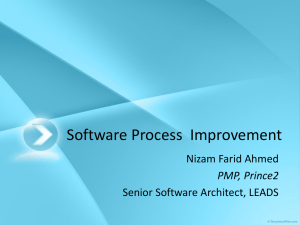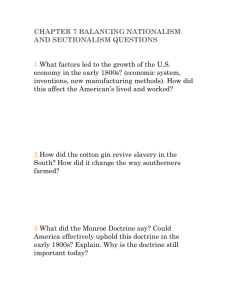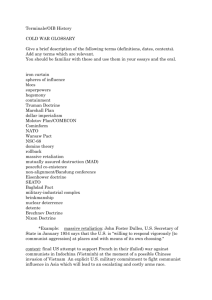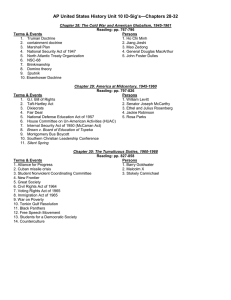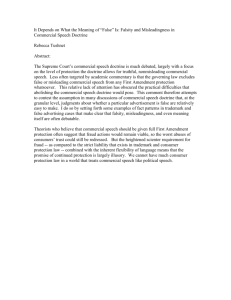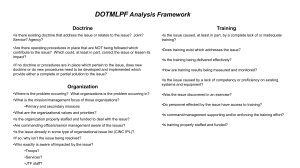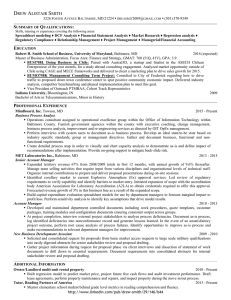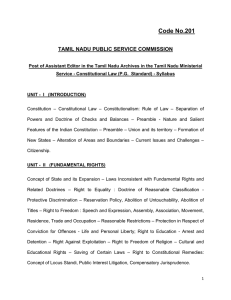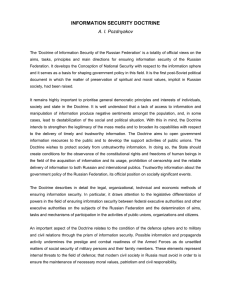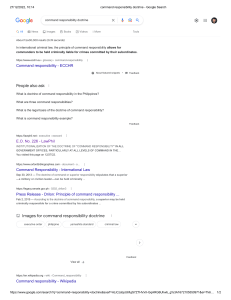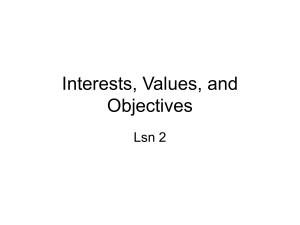SUMMARY AND CONCLUSIONS
advertisement
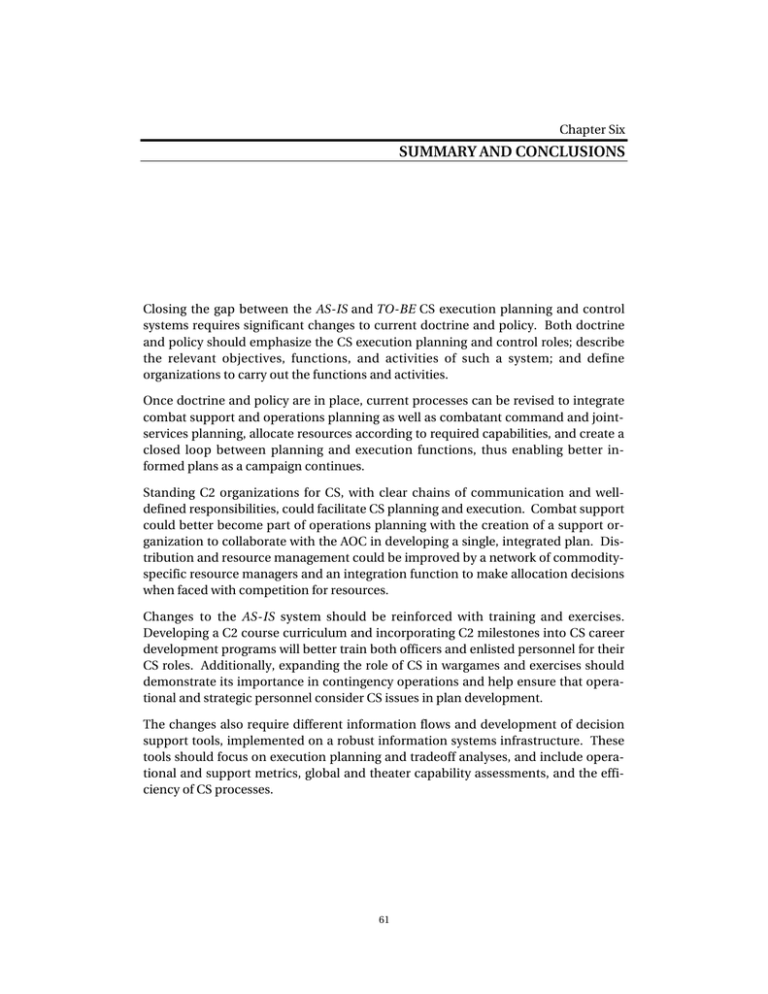
Chapter Six SUMMARY AND CONCLUSIONS Closing the gap between the AS-IS and TO-BE CS execution planning and control systems requires significant changes to current doctrine and policy. Both doctrine and policy should emphasize the CS execution planning and control roles; describe the relevant objectives, functions, and activities of such a system; and define organizations to carry out the functions and activities. Once doctrine and policy are in place, current processes can be revised to integrate combat support and operations planning as well as combatant command and jointservices planning, allocate resources according to required capabilities, and create a closed loop between planning and execution functions, thus enabling better informed plans as a campaign continues. Standing C2 organizations for CS, with clear chains of communication and welldefined responsibilities, could facilitate CS planning and execution. Combat support could better become part of operations planning with the creation of a support organization to collaborate with the AOC in developing a single, integrated plan. Distribution and resource management could be improved by a network of commodityspecific resource managers and an integration function to make allocation decisions when faced with competition for resources. Changes to the AS-IS system should be reinforced with training and exercises. Developing a C2 course curriculum and incorporating C2 milestones into CS career development programs will better train both officers and enlisted personnel for their CS roles. Additionally, expanding the role of CS in wargames and exercises should demonstrate its importance in contingency operations and help ensure that operational and strategic personnel consider CS issues in plan development. The changes also require different information flows and development of decision support tools, implemented on a robust information systems infrastructure. These tools should focus on execution planning and tradeoff analyses, and include operational and support metrics, global and theater capability assessments, and the efficiency of CS processes. 61
